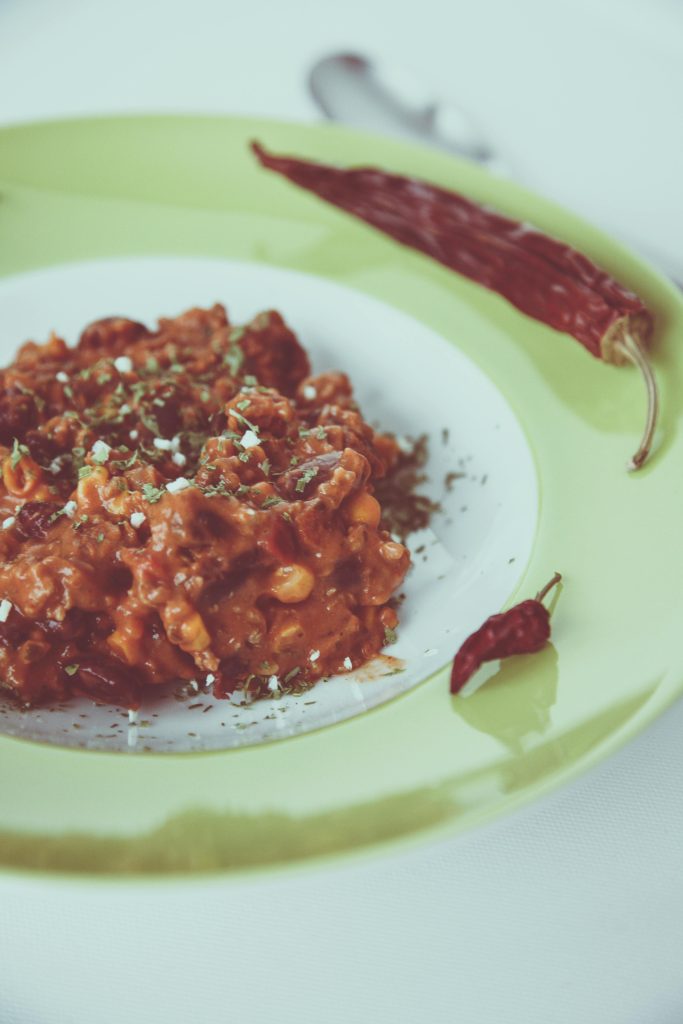All fields are required
Posted in Food Safety,Our Blog on October 27, 2024

The time of year has come where about every weekend we have a cooking competition of some type in our area. These range from Brunswick stew to chili and everything in between. Cooking competition food safety is so very important especially when multiple people are supposed to be handling the food and there are blind taste tests. We wanted to touch on some of the most important tips and tricks to not only making the competition fun but also making sure it is safe and no one gets sick. One illness can ruin a great time and can lead to potentially fatal results.
So you have whipped up your most prized recipe. Now what? You have to obviously pack is up and travel with it. Many competitions have rules about the way that food should be presented when competing. Most in our area allow Crock Pots or slow cookers to preserve the temperature of the food while the competition is happening.
How can you be prepared for a food competition? Much like you would for any pot luck style meal. Here are some tips:
Recommended Food Temperatures:
The Danger Zone for food is between 40 degrees F, refrigerator temperature, and 140 degrees F, hold hot food above this temperature.
When bringing food to a potluck, keep these tips in mind:
Controlling hazards from source to service is the key to safe food.
Your local health department or state agency can tell you what types of food can be served under both local and state ordinances.
Contact them with any questions you have regarding food offered to the public. It’s their job to make sure food is served safely, not to shut down a community event!
So now you are all prepared to safely cook for the next food competition. We love entering chili cookoffs with our boys and they have even placed first in one and honorable mention in another. Keep an eye on Make Food Safe for more food safety tips and happy cooking!